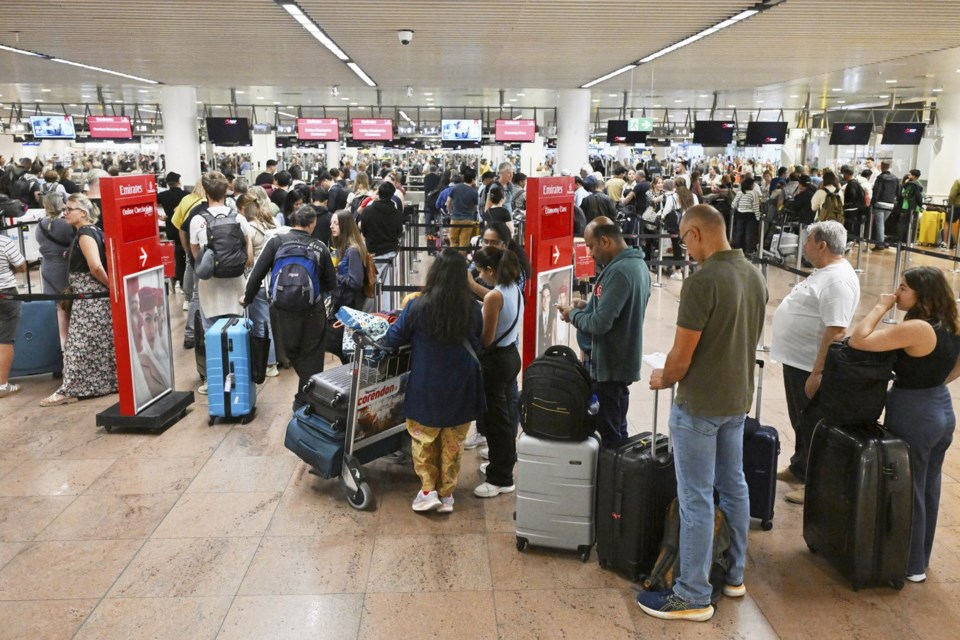OTTAWA — Canadians heading to Europe will soon face tighter border rules as the continent introduces sweeping new security systems designed to better track and manage visitors.
European nations are launching a digital Entry/Exit System (EES) that will electronically register the arrival and departure of non-European travellers. The new system, which will cover 29 countries, is expected to be fully operational by April 10 next year. It will record entries, exits, and refusals using biometric data such as facial scans and fingerprints collected at automated kiosks.
The initiative applies to both short-stay visa holders and travellers from visa-exempt countries, including Canada, who visit for up to 90 days within any 180-day period. Officials say the move will help prevent overstays, modernize border management, and strengthen Europe’s fight against organized crime and terrorism.
Uku Sarekanno, deputy executive director of Frontex — the European border and coast guard agency — said the system fills a long-standing gap in Europe’s border control. “For too long, we’ve lacked a centralized overview of who’s entering, leaving, and staying,” he said during a visit to Ottawa. “Irregular migration may be down, but the issue remains high on the political agenda. These measures help restore trust and ensure greater control.”
A second major change, the European Travel Information and Authorization System (ETIAS), is expected to launch by the end of next year. Similar to Canada’s Electronic Travel Authorization (eTA) introduced in 2016, ETIAS will require visa-exempt travellers to apply online before flying to Europe.
The ETIAS authorization will cost 20 euros and will generally be processed within minutes. It will remain valid for up to three years or until the traveller’s passport expires. Applicants under 18 or over 70 will be exempt from the fee.
While ETIAS is designed to simplify border screening, travellers are urged to apply well in advance — before booking flights or accommodation — and to beware of fake websites exploiting the rollout. “The goal is to manage risks before passengers even board a plane,” Sarekanno said.
Authorities say both systems will ultimately streamline border crossings and allow officers to focus on higher-priority tasks. However, they acknowledge that it may take several years for the transition to be fully implemented and for travellers to experience smoother processing.
“This is a long-term investment in smarter, safer travel,” Sarekanno added. “But it will take time before we see the full benefits.”

